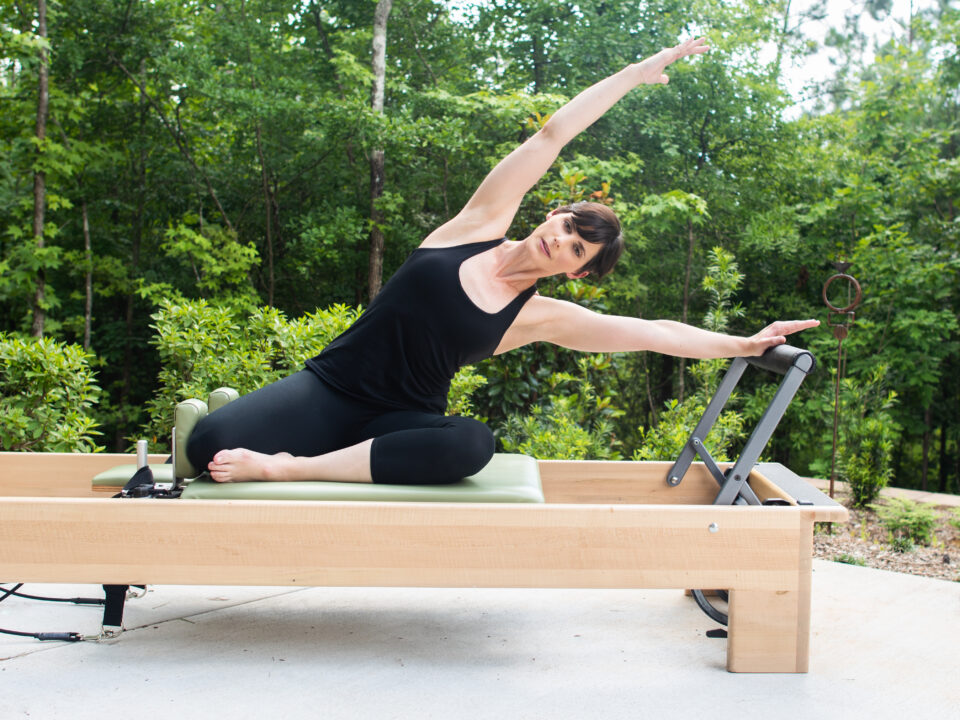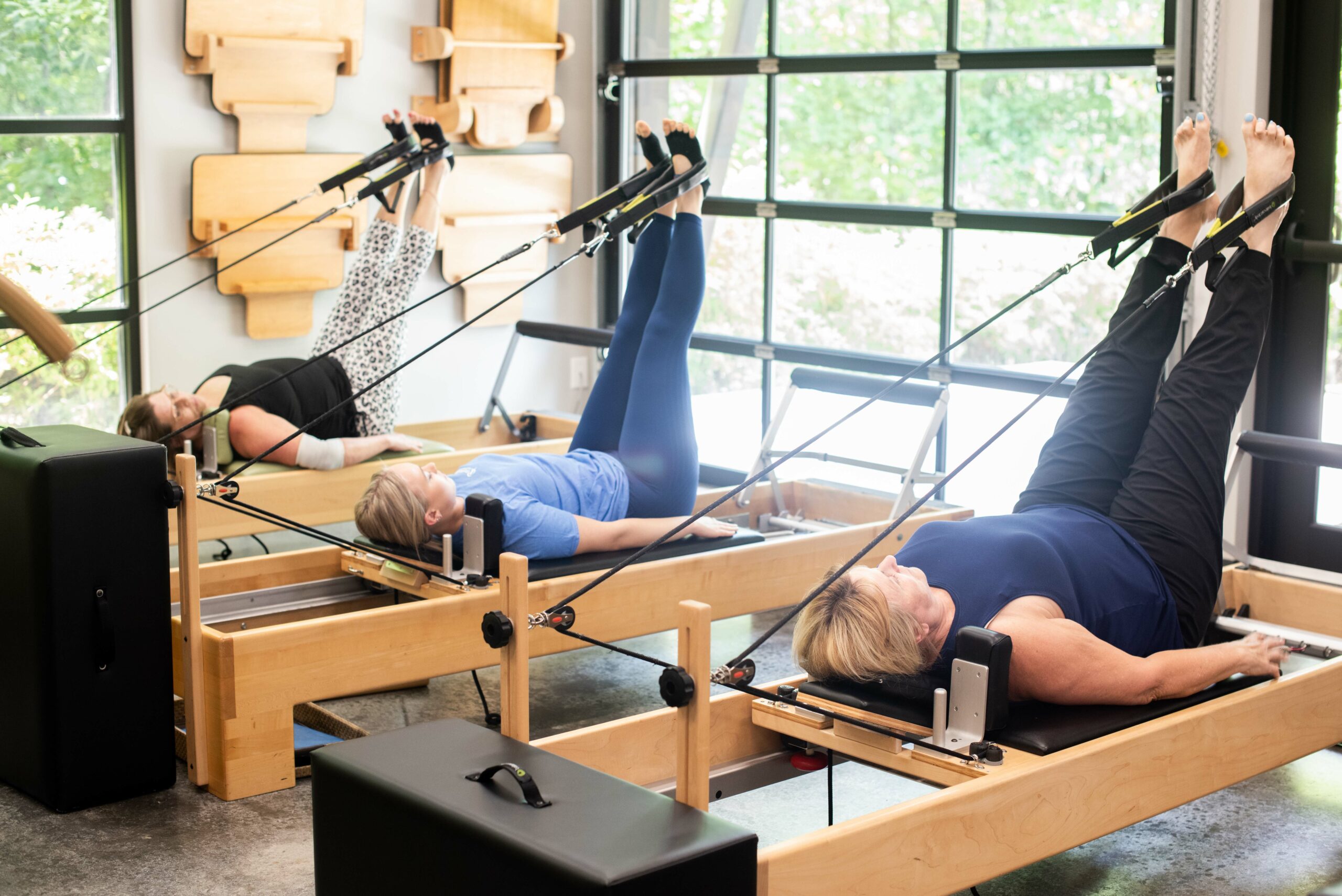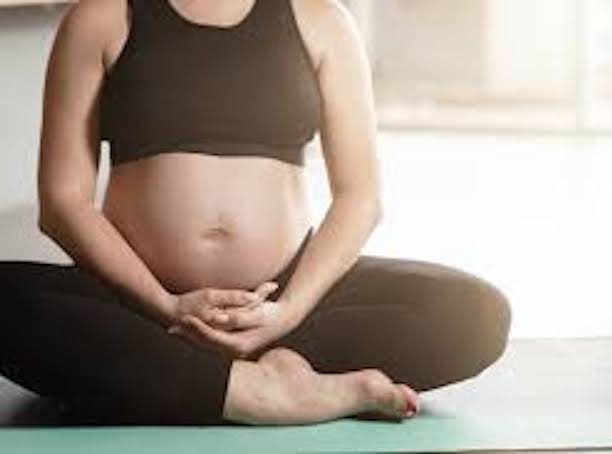- Mon - Fri
7.30 AM – 5.30 PM
Other hours upon request - 770-487-1931
Pilates for Chronic Illness Recovery: Gentle Movement, Real Result

By Tamara Newell
September 2025
Living with a chronic illness can feel like you’re in an endless cycle of fatigue, discomfort, and limitations. When pain and exhaustion become part of daily life, exercise may feel impossible. However, when approached with care, movement can aid in your healing.
Pilates is known for its gentle, low-impact approach, while providing strength, balance and energy for those with chronic illness. When done consistently, Pilates is an exercise, movement therapy, and a path toward an improved quality of life.
Why Movement Matters in Chronic Illness Recovery
For many managing chronic conditions, traditional workouts feel overwhelming or even harmful. The fear of triggering a flare-up can lead to inactivity, which only worsens stiffness, fatigue, and muscle weakness. Gentle movement, however, has been shown to improve circulation, ease joint pain, and boost mental health.
Pilates focuses on mindful, controlled exercises that meet your body where it is. Whether you’re recovering from illness, managing autoimmune conditions, or living with chronic pain, Pilates makes exercise accessible and adaptable for people from all walks of life.
What Makes Pilates Different?
Unlike high-intensity fitness trends, Pilates emphasizes precision, breathing, and alignment over speed or intensity. Each movement can be modified, making it a safe form of gentle fitness for people with limited energy or mobility.
Key benefits include:
● Low-Impact Strength Building: Pilates strengthens muscles without pounding your joints, making it ideal for arthritis, fibromyalgia, or post-viral fatigue.
● Core Strength: Strong core muscles help reduce pain and improve balance while supporting the spine.
● Breathwork Integration: Deep, mindful breathing encourages relaxation and reduces stress important for anyone with chronic illness.
● Adaptability: Movements can be done lying down, seated, or standing, depending on energy levels.
Pilates as Movement Therapy
Doctors and physical therapists often recommend Pilates as a form of movement therapy. Because it blends strength, flexibility, and mindfulness, addressing the body and mind simultaneously. For those living with chronic illness, this holistic approach can make exercise feel restorative rather than depleting.
Regular Pilates practice may help:
● Reduce chronic pain symptoms
● Improve posture and joint alignment
● Boost circulation and energy
● Decrease anxiety and stress associated with long-term illness
Many people also find Pilates empowering. Instead of focusing on limitations, each session highlights what your body can do. This shift in perspective is just as healing as the physical benefits.
Simple Tips for Starting Pilates with Chronic Illness
If you’re considering Pilates for chronic pain relief and recovery, start here:
1. Start Small: A little Pilates is better than no Pilates. Even 5–10 minutes of gentle exercises can make a difference.
2. Listen to Your Body: Move at your own pace and stop if you feel pain.
3. Use Props for Support: Pillows, balls, or blocks can help adapt movements to your level.
4. Work with an Expert: A trained Pilates instructor can provide safe modifications.
5. Consistency Over Intensity: Aim for regular, gentle practice rather than pushing through long or difficult sessions.
Real Results, Gentle Approach
Recovery doesn’t mean bouncing back overnight. Rather, it takes a slow and sustainable approach to building strength, endurance and joy of movement. Pilates offers measurable results less pain, improved mobility, better energy without pushing
the body beyond its limits. For many, it becomes a foundation for a more active and hopeful life.
If you’ve struggled to find an exercise routine that supports your healing journey, Pilates could be the gentle yet powerful solution to chronic illness exercise. You don’t have to face recovery alone. Trained Pilates instructors at ProHealth Physical Therapy and Pilates in Peachtree City are ready and willing to work with you. Learn more about Pilates at ProHealth.




